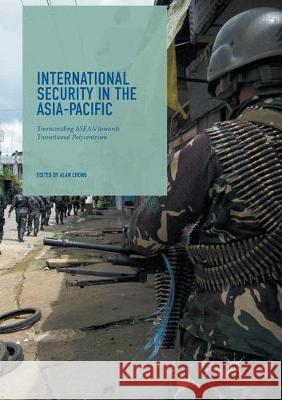International Security in the Asia-Pacific: Transcending ASEAN Towards Transitional Polycentrism » książka
topmenu
International Security in the Asia-Pacific: Transcending ASEAN Towards Transitional Polycentrism
ISBN-13: 9783319869285 / Angielski / Miękka / 2018 / 429 str.
International Security in the Asia-Pacific: Transcending ASEAN Towards Transitional Polycentrism
ISBN-13: 9783319869285 / Angielski / Miękka / 2018 / 429 str.
cena 724,58
(netto: 690,08 VAT: 5%)
Najniższa cena z 30 dni: 693,97
(netto: 690,08 VAT: 5%)
Najniższa cena z 30 dni: 693,97
Termin realizacji zamówienia:
ok. 22 dni roboczych
Dostawa w 2026 r.
ok. 22 dni roboczych
Dostawa w 2026 r.
Darmowa dostawa!
Kategorie BISAC:
Wydawca:
Palgrave MacMillan
Język:
Angielski
ISBN-13:
9783319869285
Rok wydania:
2018
Wydanie:
Softcover Repri
Ilość stron:
429
Oprawa:
Miękka
Wolumenów:
01











